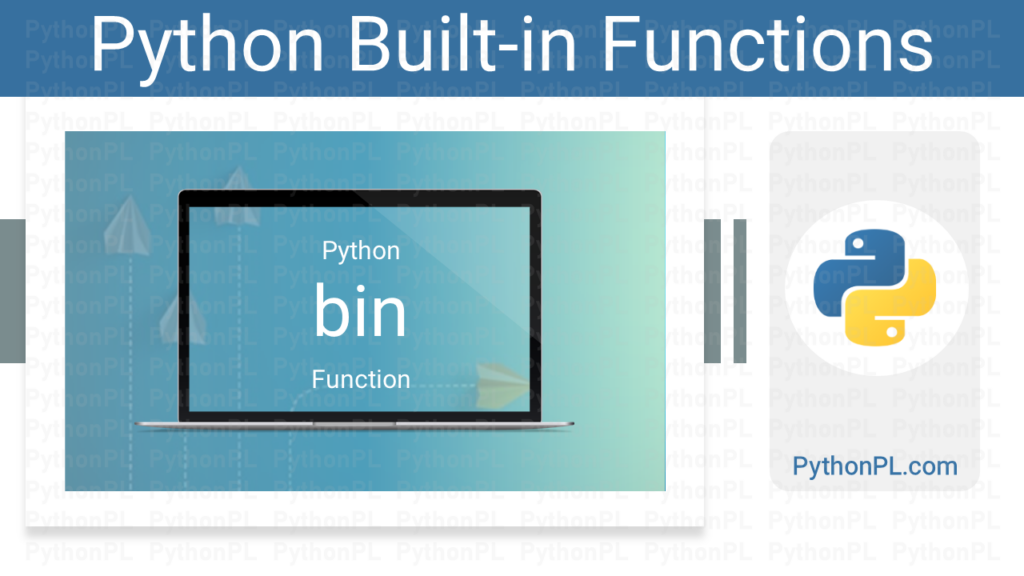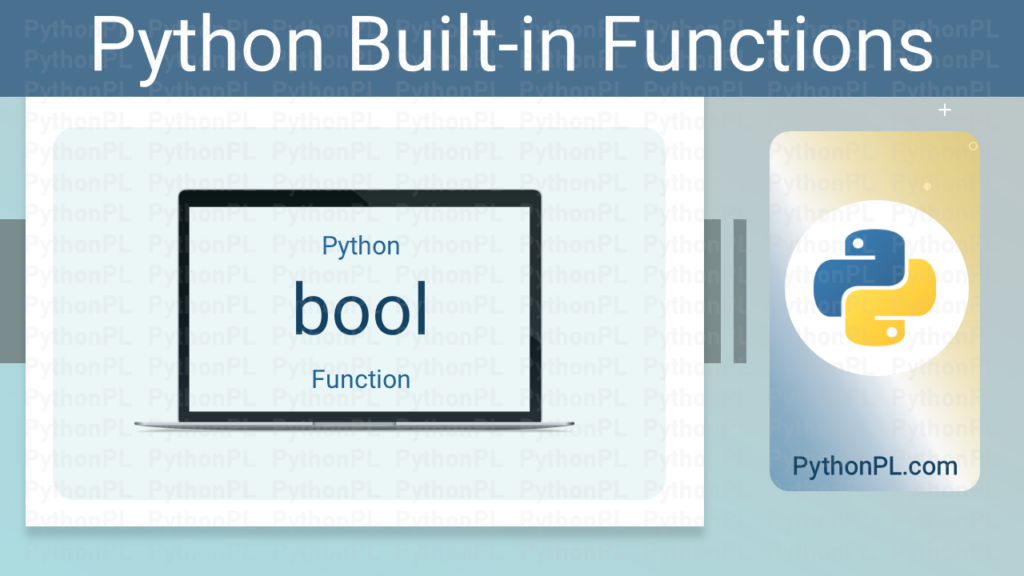Python min Function with Examples
Python is a versatile and powerful programming language with a wide array of built-in functions that simplify common tasks. One such function is min(), which allows you to find the smallest element in an iterable, be it a list, tuple, or any other iterable object. In this blog post, we’ll delve into the min() function, […]
Python min Function with Examples Read More »









